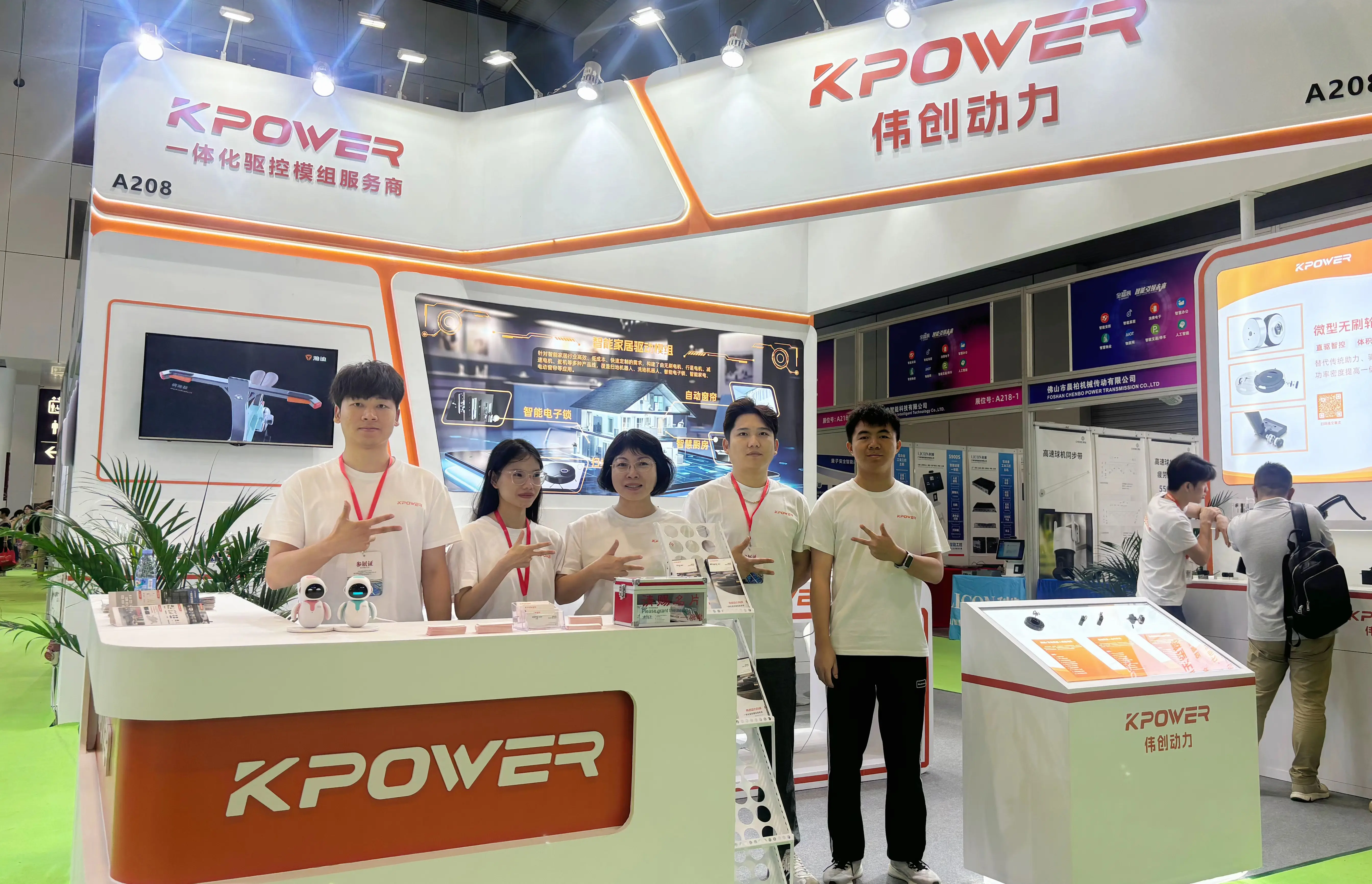Ever wondered what makes a sturdy, reliable servomotor tick? Dive into the guts of a typical Arduino-compatible servomotor, and you'll find a surprisingly well-orchestrated setup. Let's peel back the layers and see what parts come together to give you that smooth, precise control you crave.

First, there's the motor itself. Not just a simple brushed DC motor—this one’s designed to turn and stay put, responding to tiny signals with big precision. You might picture it like a miniature muscle fiber, ready to flex whenever you send that voltage pulse. It's grounded to a rotor that zips back and forth, but what keeps everything steady? Here, you find the gear train, a series of small gears telling the rotor how slow or fast to move. These gears don't just make things go—they shape the torque and speed balance, vital for delicate tasks or weighty loads.
Now, what about the brains behind the operation? That's where the control circuit kicks in. Think of it as the engine's control room. It interprets the signals from your Arduino board—whether it's a simple position command or a complex movement sequence—and decides exactly how much power to send to the motor. Inside, tiny transistors switch on and off at astonishing speeds, maintaining perfect control without overheating or burning out.
Of course, you can't ignore the feedback sensor—normally a potentiometer. Imagine it like a tiny compass, constantly telling the control circuit where the shaft currently points. This real-time feedback ensures the servo doesn't overshoot or underperform, keeping everything in sync.
Ever questioned why the power supply matters? It’s because a servomotor's performance hinges on its voltage and current stability. Too little power, and it falters. Too much, and risks grow. That’s why choosing a reliable power source is as important as the parts inside.
When it comes to durability, the housing or casing keeps everything snug and protected from dust or knocks. Plus, some servos include a small metal gear for extra strength, turning those delicate movements into a work of art.
As you look into parts for your robot project, ask yourself: How precise do I need my movements to be? Will this servo handle the load? If you're after long-lasting performance, choose a model with high-quality gears and a solid control circuit.
So, what makes a parts list like this so appealing? It’s because each piece plays a role—no fluff, no excess. When you understand what each part does, it's easier to troubleshoot, customize, and push your projects further. Whether you're designing a robotic arm, a drone, or a DIY camera slider, knowing your servo's anatomy helps you get that perfect shot of precision straight out of the box.
Established in 2005, Kpower has been dedicated to a professional compact motion unit manufacturer, headquartered in Dongguan, Guangdong Province, China. Leveraging innovations in modular drive technology, Kpower integrates high-performance motors, precision reducers, and multi-protocol control systems to provide efficient and customized smart drive system solutions. Kpower has delivered professional drive system solutions to over 500 enterprise clients globally with products covering various fields such as Smart Home Systems, Automatic Electronics, Robotics, Precision Agriculture, Drones, and Industrial Automation.




































